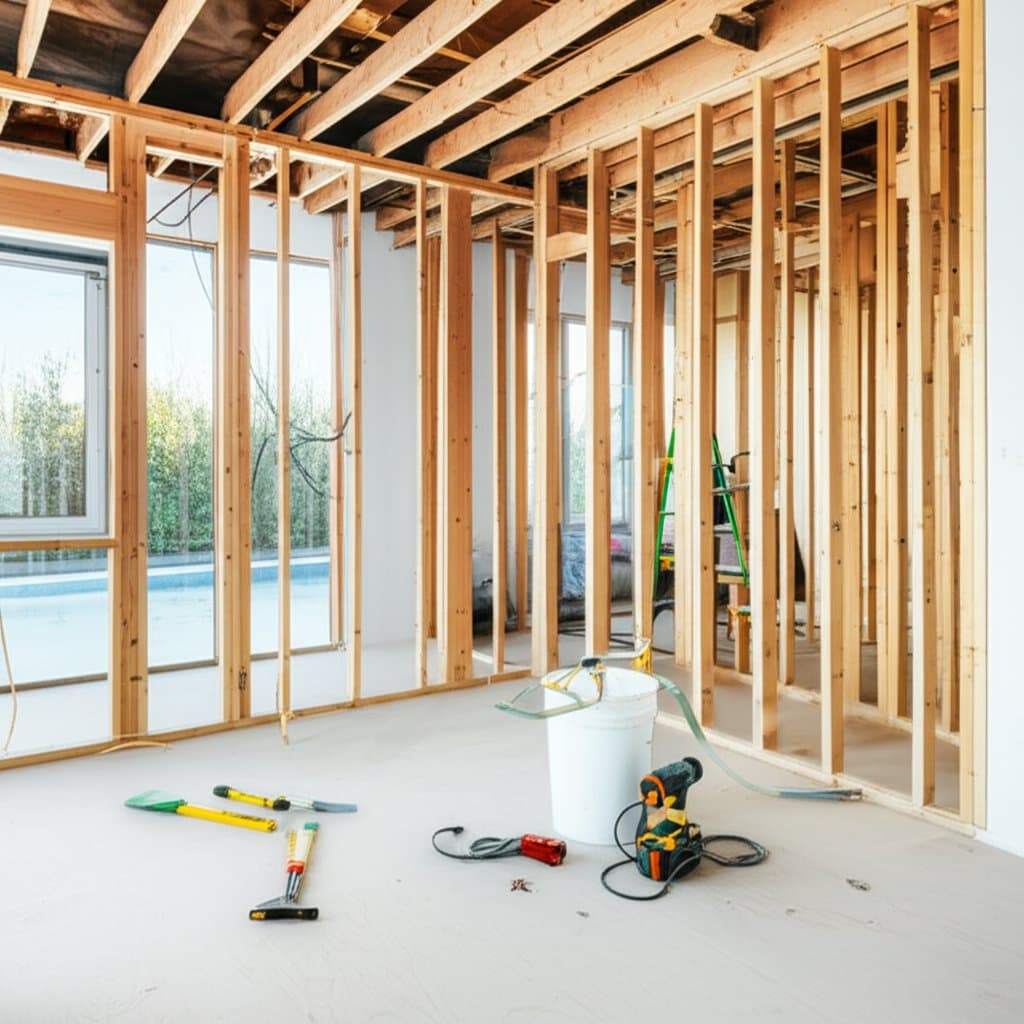Understanding Permit Requirements for Home Improvements
Homeowners often envision transforming their living spaces through renovations like open-concept kitchens or outdoor decks. However, certain projects extend beyond simple DIY efforts and enter the realm of regulated construction. Local authorities mandate permits for these to uphold building codes, safeguard structural integrity, and protect public safety.
Failure to obtain necessary approvals can result in substantial fines, voided insurance claims, or complications during property sales. Inspectors verify compliance with standards that may not be apparent to untrained eyes, such as proper load distribution or ventilation systems. By prioritizing permits, homeowners invest in long-term security and value preservation.
The Role of Building Permits in Protecting Your Property
Building permits serve as official endorsements that work adheres to established safety and zoning regulations. They involve reviews by qualified professionals who assess plans for potential hazards, including fire risks or seismic vulnerabilities. This process benefits not only the current owner but also future residents and neighboring properties.
Without permits, unapproved modifications might lead to denied coverage from insurers in case of accidents or damages. During home sales, disclosures of unpermitted work can deter buyers or lower offers significantly. Proactive compliance ensures seamless transactions and maintains the home's marketability.
Common Projects Demanding Permits and Professional Expertise
Several renovation types consistently trigger permit requirements due to their impact on core building systems. Local ordinances vary, so consultation with municipal offices provides precise guidance. Below, explore key categories with details on why permits apply and steps to proceed.
-
Structural Modifications
Removing interior walls, expanding windows, or creating roof penetrations alters the home's foundational stability. These changes demand engineering assessments to confirm load-bearing capacities and prevent collapses. Homeowners must submit detailed blueprints to the building department for review, often incurring fees based on project scope. -
Electrical System Upgrades
Installing new circuits, relocating outlets, or integrating smart home wiring requires permits to mitigate electrocution or fire dangers. Professionals calculate electrical loads and ensure grounding complies with national standards. Applications typically include wiring diagrams, and inspections occur at multiple stages, from rough-in to final connections. -
Plumbing System Alterations
Relocating pipes, adding fixtures like sinks or showers, or converting spaces into bathrooms involves permits to avoid water damage or health code violations. Experts verify proper venting, drainage slopes, and material durability against corrosion. Submit plumbing schematics and material lists; expect on-site checks for leak prevention and backflow safeguards. -
Heating, Ventilation, and Air Conditioning (HVAC) Installations
Upgrading furnaces, adding ductwork, or installing air conditioning units necessitates permits for safe operation of gas lines, electrical feeds, and refrigerant systems. Certified technicians handle these to meet efficiency and emission regulations. Documentation includes equipment specifications, and inspections focus on combustion air supply and exhaust pathways. -
Outdoor Structures and Additions
Constructing decks, patios, or room extensions attached to the home requires permits if they exceed ground level or integrate with the building envelope. Factors like soil stability and railing heights come under scrutiny to prevent falls or structural failures. Fees vary from $50 to $500, depending on square footage and local zoning; plans must detail foundations and materials.
Projects Suitable for DIY Without Permits
Not all enhancements fall under permit mandates, allowing homeowners to exercise creativity freely. Surface-level tasks such as painting walls, installing decorative shelving, or applying peel-and-stick flooring remain unregulated. Cosmetic updates like refinishing cabinets or adding window treatments also qualify as personal improvements.
These options enable quick satisfaction without bureaucratic hurdles. Focus on quality materials to enhance aesthetics and durability. Such projects build confidence for more complex endeavors while respecting legal boundaries.
Steps to Navigate the Permitting Process Effectively
Begin by researching local building codes through your city's planning department website or office visit. Describe your project in detail to receive tailored advice on requirements. Prepare necessary documents, including site plans, contractor licenses if applicable, and fee payments.
Submit applications online or in person, allowing time for processing which can span days to weeks. Schedule inspections as outlined in approval notices to address any issues promptly. Maintain organized records of all correspondence and approvals for future reference.
Hiring Professionals When Permits Are Involved
For permit-required work, engage licensed contractors experienced in code compliance. They manage applications, perform the labor, and coordinate inspections, reducing homeowner stress. Verify credentials through state licensing boards and request references from prior clients.
Budget for professional fees alongside permit costs, typically 10 to 20 percent of total expenses. Clear contracts outlining scope, timelines, and warranties protect all parties. This collaboration ensures high-quality results aligned with regulations.
Safeguarding Your Home's Value Through Compliance
Adhering to permit protocols fortifies your property against unforeseen liabilities and enhances resale potential. Compliant renovations demonstrate responsible ownership to appraisers and buyers. Enjoy the fulfillment of personalized improvements knowing they contribute to a secure, valuable asset.
Consult local experts early to align visions with feasible, legal paths. This approach transforms potential obstacles into opportunities for enduring home enhancements.
